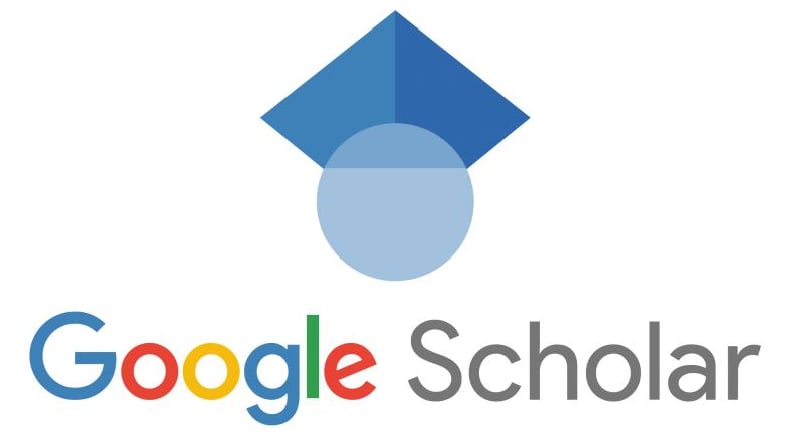Misinterpretation Of Artificial Intelligence In Arabic Language
Keywords:
Artificial Intelligence, Arabic, Interpretation, Arabic Linguist, ChatGPTAbstract
Artificial Intelligence is a convenience and problem for students and educators. The purpose of the study was to provide an overview of Artificial Intelligence misinterpretation of Arabic language. This research is descriptive qualitative. The primary source is ChatGPT and the secondary source is Arabic books. The data collection of this research is document and data analysis by means of content analysis. The results showed that Artificial Intelligence can correctly describe theories related to Arabic. But in terms of interpretation, many errors were found. This finding is different from how Artificial Intelligence can interpret other languages more accurately. Therefore, the study of Arabic sourced from Arabic linguists remains the main source. This is due to the unique characteristics of Arabic that are difficult for Artificial Intelligence to detect. The results of this study can be used as a consideration of the use of Artificial Intelligence as a reference in explaining Arabic.
Downloads
References
As-Shonhaji, M. D. (1998). Matan Al-Ajurumiyah. Dar As-Shamai’i. http://ia600202.us.archive.org/29/items/waqmamme/mamme.pdf
Fadilah, Y. W. (2022). Kelayakan Media Pembelajaran iSpring Suite Berbasis Android pada Mata Pelajaran Nahwu Shorof. Arabia: Jurnal Pendidikan Bahasa Arab, 13(2), 315–338. https://doi.org/http://dx.doi.org/10.21043/arabia.v13i2.10710
Fikrotin, V., & Sulaikho, S. (2021). Kelayakan Media Pembelajaran iSpring Suite Berbasis Android pada Mata Pelajaran Shorof. Al-Ittijah: Jurnal Keilmuan Dan Kependidikan Bahasa Arab, 13(2), 95–118. https://doi.org/10.32678/al-ittijah.v13i2.4852
Mahadevan, S., Chinnadurai, S., & Navaneethakrishnan, B. (2023). ChatGPT as an Example of Difference between Knowledge and Wisdom. Ndian Journal of Rheumatology. https://doi.org/10.4103/injr.injr_60_23
Martens, B., Parker, G., Petropoulos, G., & Van Alstyne, M. W. (2023). Platform Competition and Information Sharing. SSRN. https://papers.ssrn.com/sol3/papers.cfm?abstract_id=4528803
Moore, J., Stuart, S., McMeekin, P., Walker, R., Nouredanesh, M., Tung, J., Reilly, R., & Godfrey, A. (2023). Toward enhanced free-living fall risk assessment: Data mining and deep learning for environment and terrain classification. Intelligence-Based Medicine, 8. https://doi.org/https://doi.org/10.1016/j.ibmed.2023.100103
Sulaikho, S., Wahidmurni, & Amrullah, A. M. K. (2023). Tantangan Pendidik Nahwu Untuk Meningkatkan Kompetensi Profesional Sebagai Upaya Menumbuhkan Motivasi Pembelajar Pemula Terhadap Struktur Bahasa Arab. Al-Lahjah: Jurnal Pendidikan, Bahasa Arab, Dan Kajian Linguistik Arab, 6(2), 29–34.
Sun, S. (2023). How ChatGPT Influences and Impacts Teaching and Learning - A Case Study. MWAIS 2023 Proceedings, 19. https://aisel.aisnet.org/mwais2023/19
Timpe-Laughlin, V., Dombi, J., & Sasayama, S. (2023). L2 learners’ pragmatic output in a face-to-face vs. a computer-guided role-play task: Implications for TBLT. Language Teaching Research. https://doi.org/https://doi.org/10.1177/13621688231188310
Downloads
Published
How to Cite
Issue
Section
License
Copyright (c) 2023 Siti Sulaikho, Muhammad Syahrul Munir

This work is licensed under a Creative Commons Attribution 4.0 International License.






